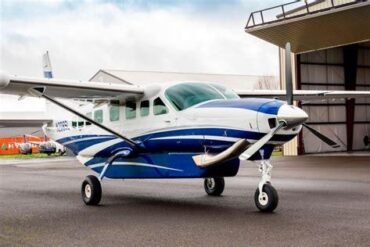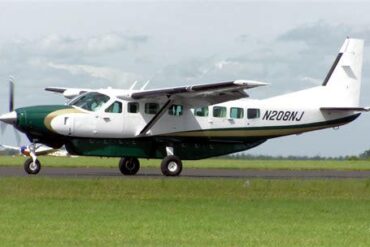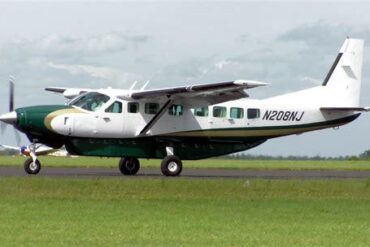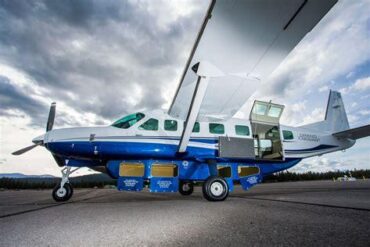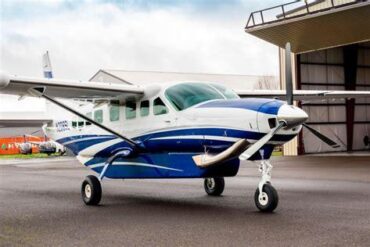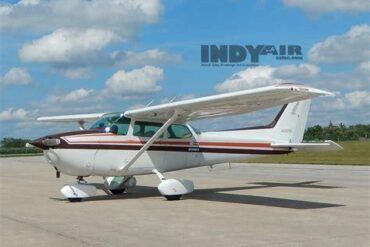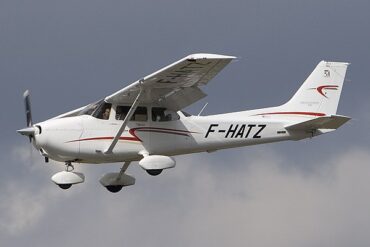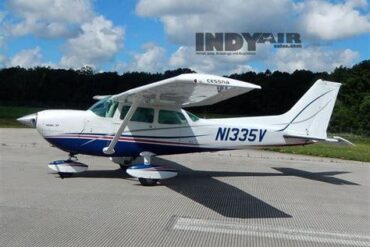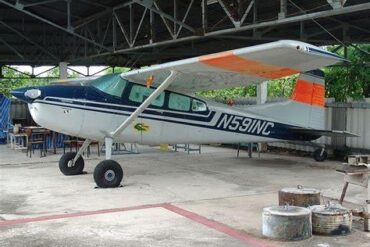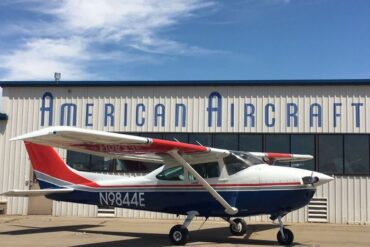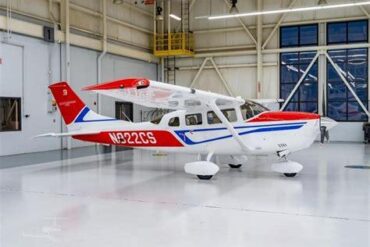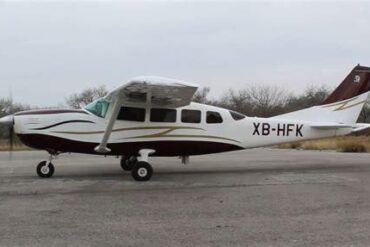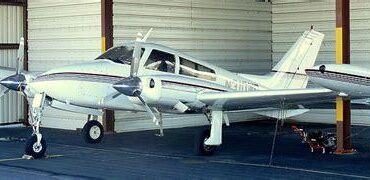The Cessna Caravan XP42, equipped with the Blackhawk conversion, stands as a pinnacle of performance and efficiency in the world of turboprop aircraft. Designed for versatility, this aircraft caters to a myriad of aviation needs, ranging from cargo transport to air charter services. In this comprehensive analysis, we delve into the price and operating costs associated with the XP42, equipping potential buyers and operators with the essential information required to make informed decisions.
Overview of the Cessna Caravan XP42
The Cessna Caravan XP42 is an upgraded version of the iconic Cessna 208 Caravan, featuring enhanced power and performance through the Blackhawk modification. This upgrade includes the installation of Pratt & Whitney PT6A-42 engines, which significantly increase horsepower and improve climb rates. The XP42 variant is renowned for its reliability and operational flexibility, making it suitable for various missions including passenger transport, freight, and even medevac operations.
Key Specifications
Before diving into the financial aspects, it is critical to understand the specifications that contribute to the Cessna Caravan XP42’s functionality:
-
Engine: Pratt & Whitney PT6A-42
-
Horsepower: 840 hp
-
Cruise Speed: Approximately 185 knots (213 mph)
-
Range: Up to 1,000 nautical miles
-
Max Takeoff Weight: 8,750 lbs
-
Seating Capacity: Up to 14 passengers or 3,600 lbs of cargo
These specifications underscore the XP42’s ability to perform efficiently across various flight profiles, establishing its value proposition in the market.
Purchase Price of the Cessna Caravan XP42
The initial purchase price of the Cessna Caravan XP42 can vary widely depending on several factors, including age, condition, and specific modifications. As of now, the typical price range for a used XP42 is between $1.5 million and $2.5 million. New units, while less common, can exceed $2.5 million depending on additional customizations and features.
Factors Influencing Purchase Price
-
Age of Aircraft: Older models typically command lower prices, but they may require more maintenance.
-
Total Flight Hours: Aircraft with fewer flight hours usually have a higher resale value.
-
Maintenance History: A well-documented maintenance history can positively affect the price.
-
Modifications and Upgrades: Custom upgrades, such as advanced avionics or interior refinements, can raise the purchase price.
Understanding these variables is crucial for potential buyers as they negotiate prices in the marketplace.
Operating Costs of the Cessna Caravan XP42
Operating costs are a vital consideration for any aircraft owner or operator, encompassing a range of expenses from fuel to maintenance. For the Cessna Caravan XP42, the annual operating costs can be broken down into several key components:
1. Fuel Costs
One of the most significant expenses for any aircraft is fuel. The Cessna Caravan XP42 has a fuel consumption rate of approximately 30 gallons per hour under normal operating conditions. With an average fuel price of $5 per gallon, operators can expect to spend around $150 per hour on fuel alone.
2. Maintenance and Repairs
Routine maintenance is essential to ensure the longevity and safety of the XP42. Annual maintenance costs can vary, but operators should budget approximately $50,000 to $75,000 per year. This estimate includes:
-
Scheduled inspections
-
Component overhauls
-
Unscheduled repairs
3. Insurance
Insurance costs are another critical component of operating expenses. Depending on the operator’s experience and the aircraft’s use, insurance premiums for the Cessna Caravan XP42 can range from $15,000 to $30,000 annually. Factors influencing insurance costs include:
-
Pilot experience
-
Flight hours
-
Type of operation (commercial vs. private)
4. Hangar and Parking Fees
Depending on the location, hangar rental or parking fees can vary significantly. On average, operators can expect to pay between $500 to $2,500 per month for hangar space, resulting in an annual cost of $6,000 to $30,000.
5. Crew Costs
For commercial operations, crew costs are a major consideration. This includes salaries, benefits, and training for pilots and maintenance staff. Depending on the size of the operation, crew costs can range from $100,000 to $300,000 annually.
6. Miscellaneous Costs
Other operational expenses include:
-
Landing fees: Vary by airport but can average around $100 per landing.
-
Navigation fees: Can range from $500 to $2,000 annually depending on the routes flown.
-
Training costs: Regular pilot training and recurrent checks can add an additional $10,000 to $20,000 annually.
Total Estimated Operating Costs
When all these components are aggregated, the total operating costs for the Cessna Caravan XP42 can range from $400,000 to $600,000 annually. This estimate is crucial for owners and operators to understand the financial commitment involved in maintaining this aircraft.
Cost-Benefit Analysis
Understanding the cost-benefit ratio of operating a Cessna Caravan XP42 is essential for both private owners and commercial operators. The XP42’s ability to operate in short takeoff and landing environments makes it a valuable asset for accessing remote areas where larger aircraft cannot reach. Additionally, its versatility allows for various revenue-generating opportunities, including:
-
Charter Services: The demand for regional air travel continues to grow, providing a lucrative market for charter operations.
-
Cargo Transport: With a generous payload capacity, the XP42 can be utilized for freight services, especially in underserved regions.
-
Medical Evacuations: The aircraft’s speed and range make it ideal for emergency medical services, further expanding its operational utility.
Conclusion
In conclusion, the Cessna Caravan XP42 (Blackhawk) presents a robust option for those looking to invest in a reliable and versatile turboprop aircraft. Understanding the purchase price and operating costs is vital for prospective buyers and operators to gauge the financial implications of ownership. While the initial investment may seem substantial, the XP42’s capabilities in various operational roles can lead to significant returns on investment, making it a worthy consideration in the aviation market.
This detailed analysis of the Cessna Caravan XP42 aims to provide clarity on the financial aspects of owning and operating this exceptional aircraft. Whether for personal use or commercial endeavors, the XP42 remains a formidable choice in the realm of aviation.

